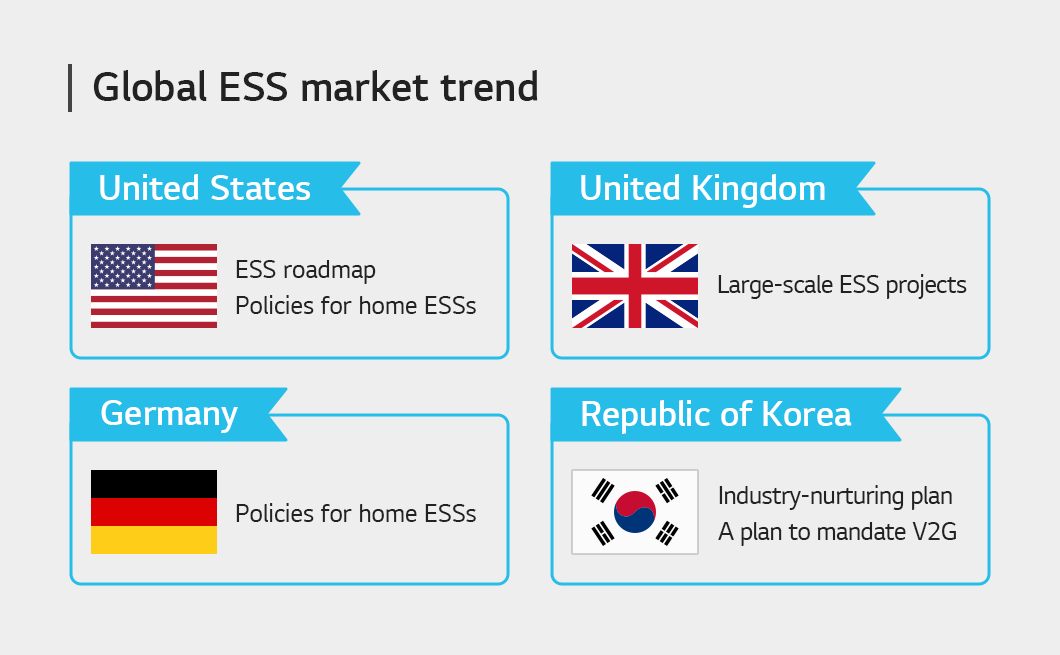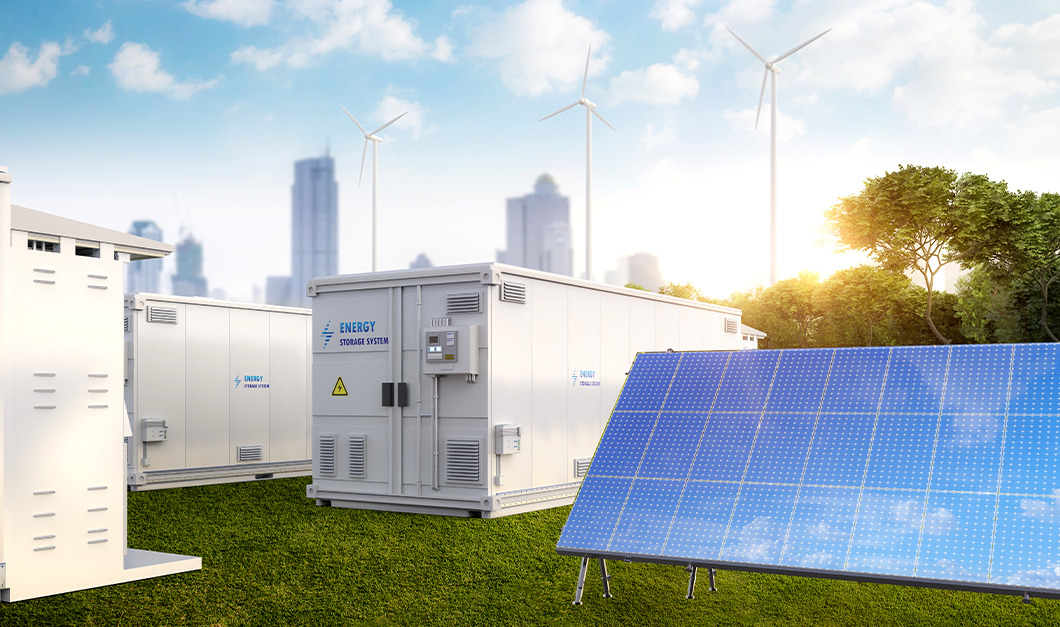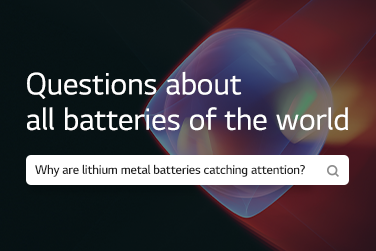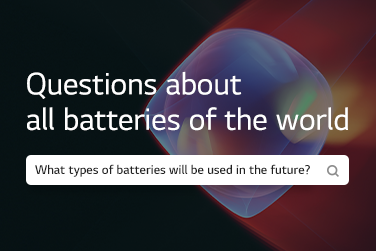At the ees Europe 2023 hosted in Munich, Germany on June 14, a battery product caught special attention. It was an Energy Storage System (ESS). What about it intrigued the world and what is the global trend?

Q. What about ESS is drawing the battery market’s attention to it?

An ESS is a storage system that deposits leftover energy when there is some and provides it when needed. Since the system is available immediately when you need power, it can improve energy efficiency.
The extreme weather events caused by climate change such as unprecedented floods and global warming prompted the world to make more efforts to achieve carbon neutrality. Renewable energy sources such as solar and wind power emerged and were expected to replace fossil fuels. However, the production of renewable energy depends highly on weather conditions.
To overcome the drawback, the ESS was proposed as an alternative. The storage system is expected to enable us to deal with uncertainties and expand the use of renewable energy. So, battery makers are developing high-capacity, low-cost ESSs to be used for various purposes in power systems, industries, and households.
Q. What is the global ESS market trend?

Then, how is the global ESS market doing?
The U.S. is showing rapid growth in its ESS market. The government set up a mid-to-long-term ESS roadmap that includes a 90% cut on costs for large-scale, long-term ESS projects by 2030 and an investment plan to develop technology for making various ESSs. In particular, the government’s support policies contributed to the fast-increasing popularity of home ESS in the country. Currently, households with ESS batteries linked to solar energy systems get a 26% tax cut, and new construction homes are encouraged to install a home ESS with an almost 100% subsidy.
In Europe, demand for ESSs is rising even more due to global energy price hikes after the eruption of COVID-19 as well as the carbon emission cut policies of the EU. Among European countries, the U.K. and Germany account for more than 60% of the region’s ESS market.
The U.K. needs energy independence even more as electricity and gas prices skyrocketed, with electricity increasing 65.4% and gas soaring 128% between 2021 and November 2022. Its government introduced energy policies to overcome the situation, easing requirements for large-scale national ESS projects and revising standards for levying on the use of some ESS services.
In Germany, 93% of installed ESSs (1,357 ㎿h) were for homes in 2021. The home ESS market is expanding, driven mostly by government-led ESS policies. The German government has a goal to raise the share of renewable energy to 65% by 2030 and is providing 30% of home ESS investments in subsidies.
Korea is devising a plan to nurture the ESS industry while moving to introduce a law that mandates the installation of Vehicle-to-Grid, a technology that links a vehicle to the power grid. With the V2G, the vehicle owners can use their EV as an ESS to harness the remaining power. When widely adopted, the technology could enable the supply or sale of excess power to facilities and save ESS investment costs.
Q. What is LG Energy Solution doing for the ESS business?

LG Energy Solution recognized the ESS trend early on and has committed to taking the upper hand in the market. We are not only producing ESSs but also expanding our business in various ways.
First, LG Energy Solution is establishing infrastructure exclusive to ESS batteries.
In March of this year, we announced a plan to build a cylindrical plant and a lithium iron phosphate (LFP) battery plant for ESS in Queen Creek, Arizona in the U.S. The combined capacity of the two plants is 43.3 GWh, with the one for ESS amounting to 16.3 GWh. This is meaningful because the plan includes building the first isolated ESS production plant in the battery industry. Construction will begin this year and mass production is expected to begin in 2026.
Also, LG Energy Solution has continued to unveil various ESS products.
We launched Enblock, the home ESS brand at the ees Europe 2023. enblock E is the home ESS with LFP battery packs and supports up to 5 modules (15.5 kWh). enblock S is a stackable modular home ESS that boasts high energy density based on NCM ternary batteries. Users can add capacity as It can stack up to 5 module assemblies (17.7 kWh) in one system. LG Energy Solution also plans to introduce ESS products to the North American market. We showcased Prime+, a home battery that includes an inverter, and a power conversion device, in May of this year. The most notable feature of the battery is that it is highly compatible with the existing solar power systems.
* View NCM Cathode infographics
In addition to developing ESS products, LG Energy Solution is making efforts to provide an integrated solution by building the ESS power grid and system.
In February 2022, LG Energy Solution acquired NEC Energy Solutions, an American ESS system integration company, and the newly established LG Energy Solution Vertech. The corporation will offer customized solutions to customers, dealing with ESS business plans, design, installation, maintenance, and repair.
Also, LG Energy Solution strongly supports AVEL, an independent business within the company, for its Energy Aggregation (EA) project, which is for efficient operation and management of the renewable energy grid. The purpose of the project is to predict and manage the amount of power generation by connecting renewable energy generators and ESS through integrated energy grid management. In November 2022, we signed a “Business agreement for a stable power grid in Jeju” with the Jeju Energy Corporation. In March this year, we went further with the EA project, signing a “Business agreement on a pilot project for the electricity market in Jeju” with Korea South-East Power and Tamra Offshore Wind Power.
We have explored the global ESS market trend and LG Energy Solution’s ESS projects. LG Energy Solution will lead the movement of making a greener planet by developing the ESS, the future key of renewable energy.





